#mens sports
Explore tagged Tumblr posts
Text

#fifa world cup#fifa mobile#boycott fifa#fifa#palestine#from the river to the sea palestine will be free#gaza#free gaza#save palestine#palestine news#gaza news#gaza genocide#stop genocide#genocide#stop the genocide#sports#soccer#football#athelete#students for justice in palestine#free palestine#palestinian genocide#war on gaza#gaza strip#gazaunderattack#palestina#i stand with palestine#mens sports#sport#israel is committing genocide
29 notes
·
View notes
Text
Too all the people that say that trans women don’t belong in women’s sports: this is who you want in women’s sports then?

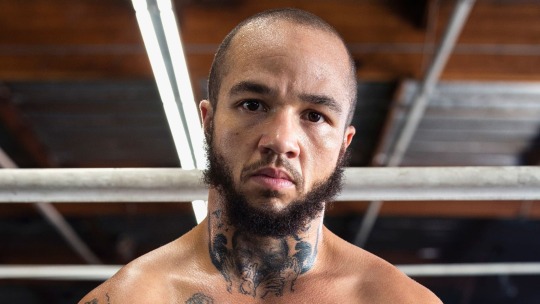
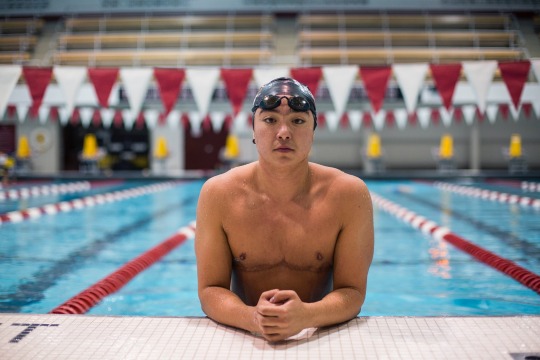

These guys? They definitely look like they’d have an advantage over women in womens sports, but by your logic, they can’t be in mens sports because they weren’t born guys; they were born girls.
By saying trans women don’t belong in women’s sports, you are also saying trans men don’t belong in mens sports, and by saying you want trans women to compete in men’s sports, you are saying that you want these guys




To compete in women’s sports.
You sure thats what you want?
#trans#trans sports#womens sports#mens sports#trans men in mens sports#trans women in womens sports#trans men in sports#trans women in sports#this what yall want?
31 notes
·
View notes
Text


FINAL ROUND: FIGURE SKATING vs. SKI JUMPING
#polls#sports#sports polls#mens sports#womens sports#ski jumping#olympics#figure skating#winter olympics
71 notes
·
View notes
Text

3 notes
·
View notes
Text
an intro to my page!
———————————————
hello and welcome to my page! my name is grace! 🙋♀️ i’m a TEENAGER who loves to play lacrosse and talk about all kinds of sports.
i wanted to start a blog dedicated to the sports i watch, so here it is! i will mainly share my thoughts/opinions/whatever else about games, athletes, teams, events, or even my own experiences as i am very passionate about playing lacrosse! :)
i will NOT allow racism, misogyny, homophobia, transphobia, or any discrimination of any kind. this is a safe place to discuss SPORTS!! so please be respectful! 🙏
but now onto the the sports i will mainly post about:
- american football
- women’s soccer/football
- men’s and women’s basketball, mostly women’s though
- baseball and softball
- men’s and women’s lacrosse
- women’s volleyball + beach volleyball
- men’s and women’s hockey
- women’s surfing
- women’s gymnastics
- tennis
- women’s rugby?
- nascar, formula 1, and rally racing
more will be talked about as time goes on!
thank you for coming by! i hope this page will interest you! please consider to follow :)
#welcome to my blog#i hope u like it#sports#sports blog#blog intro#just a wannabe sports journalist#olympics#womens sports#mens sports#im a girl#just thought i'd share
3 notes
·
View notes
Text
youtube
Narcissists, Frauds, and Enablers: Trans Women and Women's Sports | Riley Gaines | EP 356
Dr. Jordan B. Peterson and twelve-time All-American female swimmer Riley Gaines discuss the insemination of men into women's spaces. Gaines breaks down the breach in security that women face when forced to share vulnerable spaces with biological men, the purpose of athletic achievement, why segregation of the sexes has genuine merit, and what exactly went down at San Francisco State University. Riley Gaines is an American athlete and female rights activist. Gaines is a graduate from the University of Kentucky, where she was a twelve-time All-American swimmer. She competed and tied with trans-identifying swimmer Lia Thomas at their NCAA championships and was unfairly sidelined from the awards ceremony. She has spoken to numerous teammates and administrators who do not think this attack on female sports is fair, and more importantly, do not feel this invasion by men into female spaces is remotely safe. Gaines has become an outspoken female rights activist, advocating for the protection of women's spaces, sports, and achievements, and has proven herself unshakable even when faced with a dangerous mob.
#jordan peterson#riley gaines#discussion#trans#transexual#sports#womens sports#mens sports#men#women#title 9#athletics#merit#competition#san francisco state university#sfsu#mob#ncaa#swim#swimming#lia thomas#will thomas#female rights#narcissists#frauds#enablers#trans women#Youtube
4 notes
·
View notes
Text

the nhl said we won’t let the mlb have all that ripaway jersey fun
#the fanatics baseball saga has been FASCINATING#and now we get ripaway-quality jerseys in HOCKEY?#where men are grabbing each other by the collar and grunting ?#ok grow the sport gary bettman#nhl#hockey#seattle kraken#mlb#sports#baseball
6K notes
·
View notes
Text
#rugby#athlete#sports#jock#gay#gay men#gay tumblr#gaylife#gaystagram#gay boys#gay guy#gay man#gayboy#gayguy#gayman#gayhot
12K notes
·
View notes
Text


ROUND 3: SKI JUMPING vs. FORMULA 1
#polls#sports#sports polls#mens sports#womens sports#ski jumping#f1#formula 1#racing#winter olympics#olympics
22 notes
·
View notes
Text





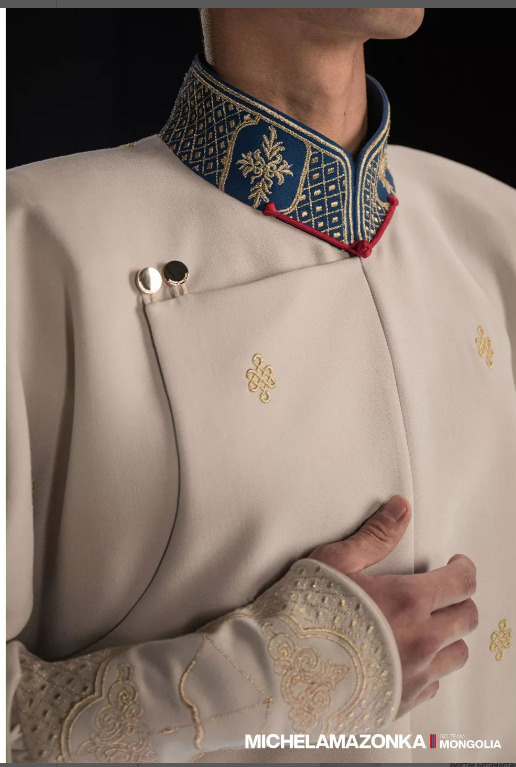


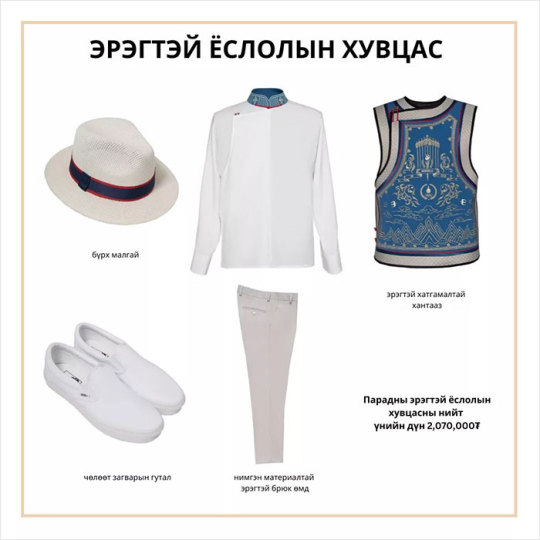
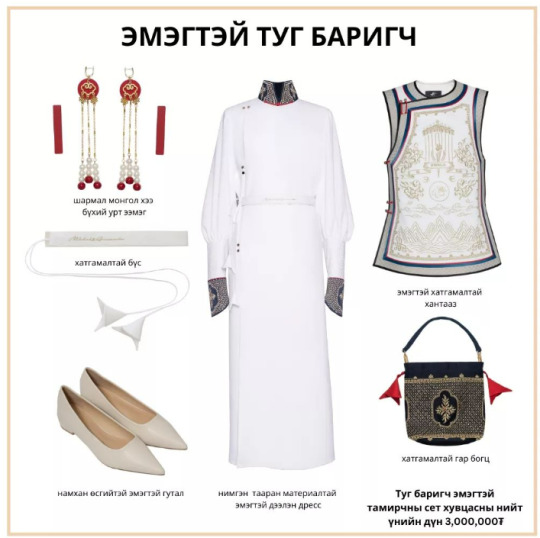
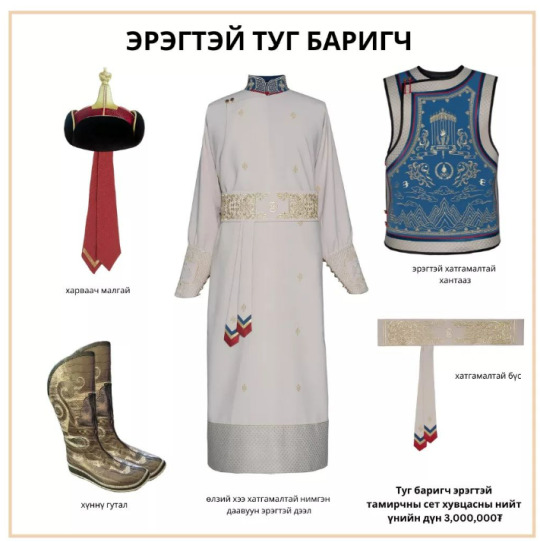
Mongolia's 2024 Olympic uniform, by Ulaanbaatar-based Michel&Amazonka
Read more about the design
#michel&amazonka#michel and amazonka#mongolia#mongolian fashion#uniforms#men's fashion#sportswear#sports#sleeves#accessories#michelamazonka#couture#haute couture#capes#jewelry#hats#boots#shoes#deel
5K notes
·
View notes
Text




I feel like people forget they're canonically hard to tell apart for most (not Neil) people
#poor guy just wanted to know where neil was#got the shining twins instead#they were in fact in the middle of telling each other to change#aftg#all for the game#fanart#the foxhole court#aftg art#aftg fanart#andrew minyard#aaron minyard#matt boyd#the raven king#the kings men#the sports mafia books
2K notes
·
View notes
Text

Me
#gay men#gayboy#gaylife#gayart#gay couple#gayman#lgbtq community#gay fun#gay pride#gay love#gayhot#gay kiss#pale gay#gay hairy#gay art#gay#gayguy#gay sports#vintage gay#vintage#gay vintage#masc
16K notes
·
View notes
Text

Sporty/Athletic Hawks has my heart :D
#artists on tumblr#character art#bnha hawks#takami keigo#bnha#keigo takami#mha fanart#mha hawks#my hero academia#i LOVE IT when hes an athlete in no quirk fics#i hate sports but SPORTY MEN ARE SO FINE#and women#is the stopping a ball w your chest actually called chesting bc it just sounds so wrong
1K notes
·
View notes
Text

Perfectly Balanced
#shirtless guy#handsome guy#good looking#handsome#cute guy#male bum#perfect bum#sports#balance beam#young men
2K notes
·
View notes
Text

#sexy male#masculine men#fitguys#male form#athletic guys#handsome male#asian guy#sports gear#sportswear#asian jock#sexy footballers#football gear#football player#sexy asian men#sexy athlete#footballers#sport gear#hot sportsmen#sports uniform#sportsgear#sports wear#white brief#white underpants#male undies#guy in underwear#men in undies#mens undies#white undies#menstyle#asian men
2K notes
·
View notes